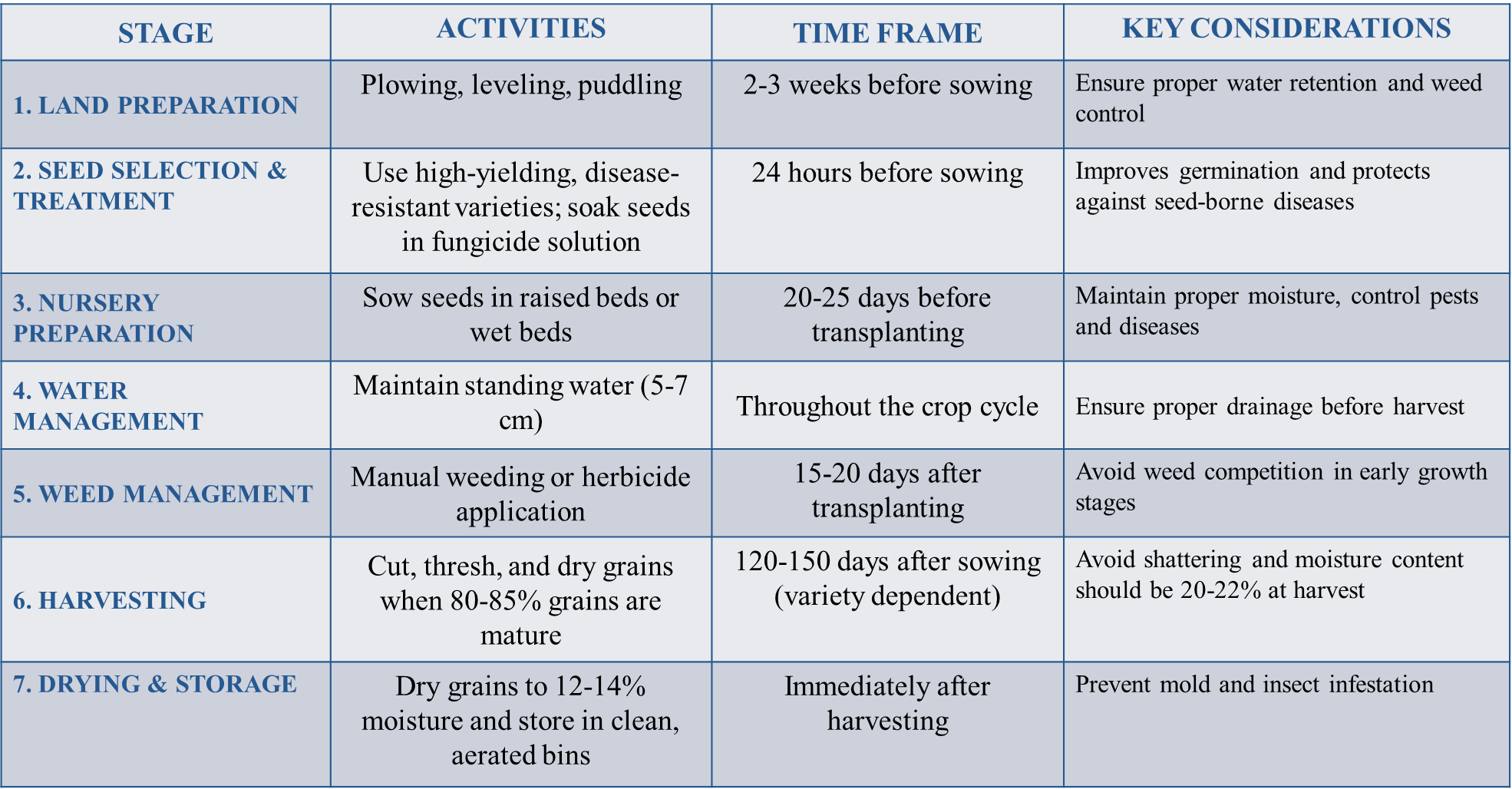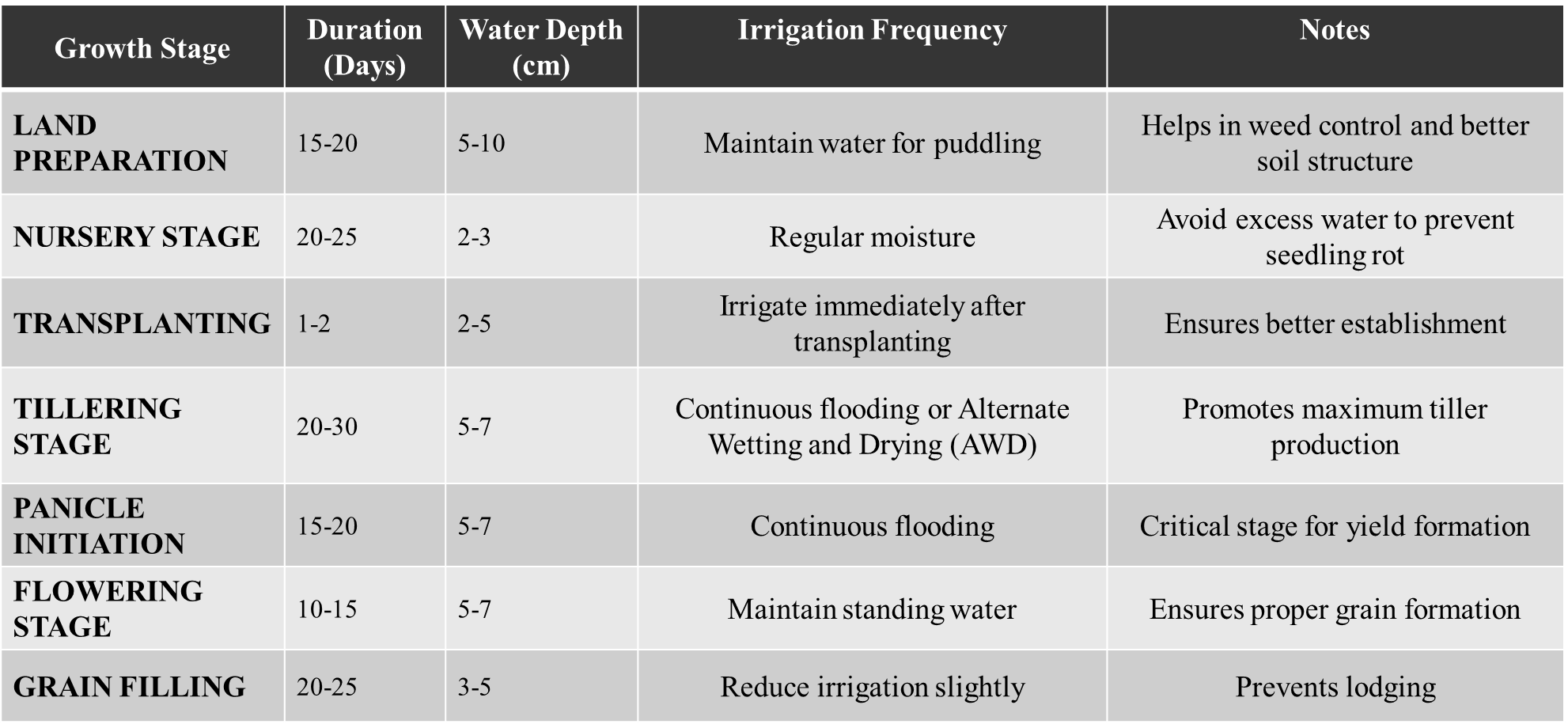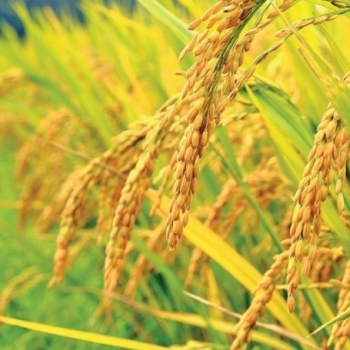
Powered by Froala Editor
Type: Clayey loam, silty loam, or alluvial soil with good water retention.
pH Level: 5.5 - 7.5 (slightly acidic to neutral).
Drainage: Fields should retain water but not become waterlogged.
Temperature: 20°C to 35°C (Optimum: 25°C - 30°C).
Rainfall: 1000 - 2000 mm (Well-distributed).
Humidity: High humidity (Above 60%).
Sunlight: 12 hours of daylight for better growth.
Powered by Froala Editor
FOR IRRIGATION :
Irrigate your field with Power Plant Bhoomi power, Premium, and Root guard.
BHOOMI POWER 4KG/ACRE | 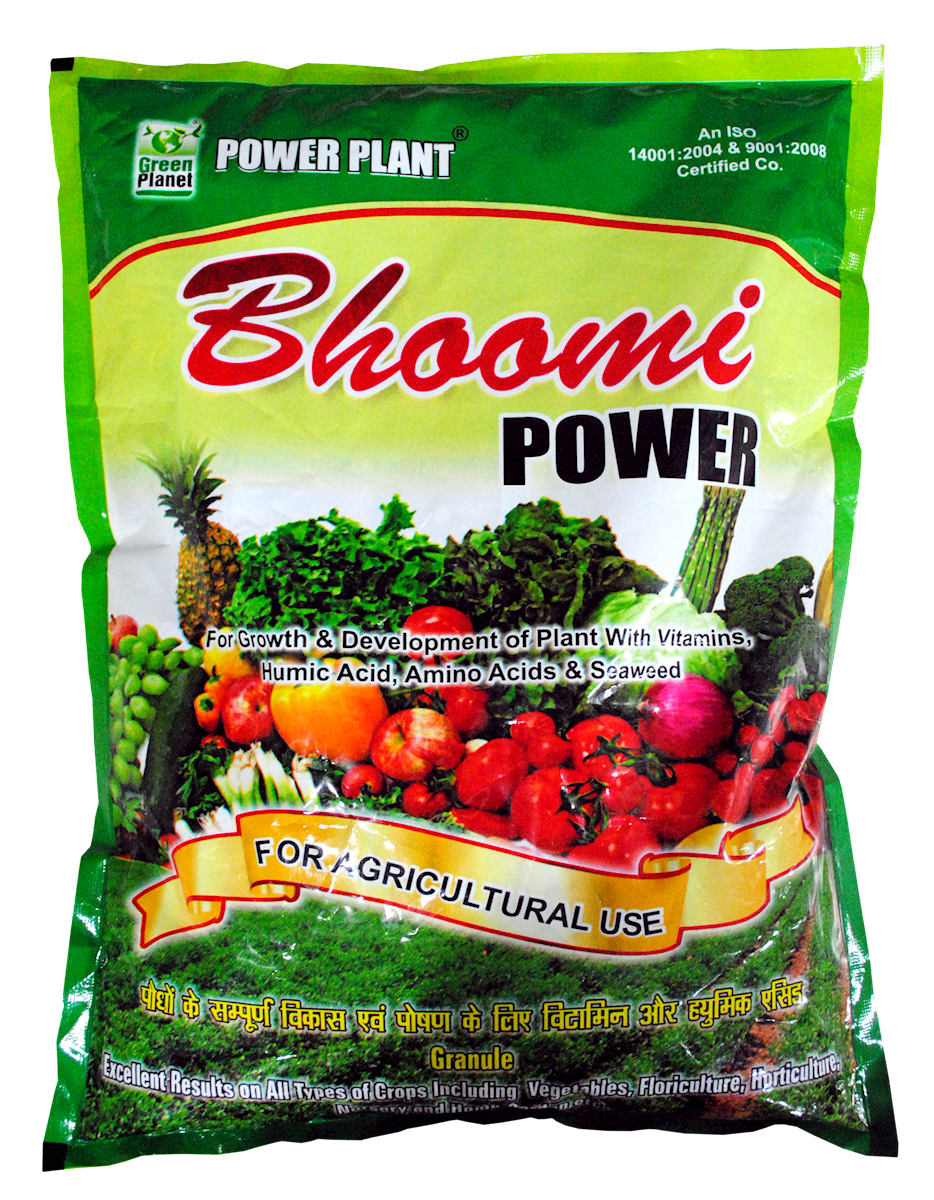 |
POWER PLANT PREMIUM 1 LITRE/ ACRE | 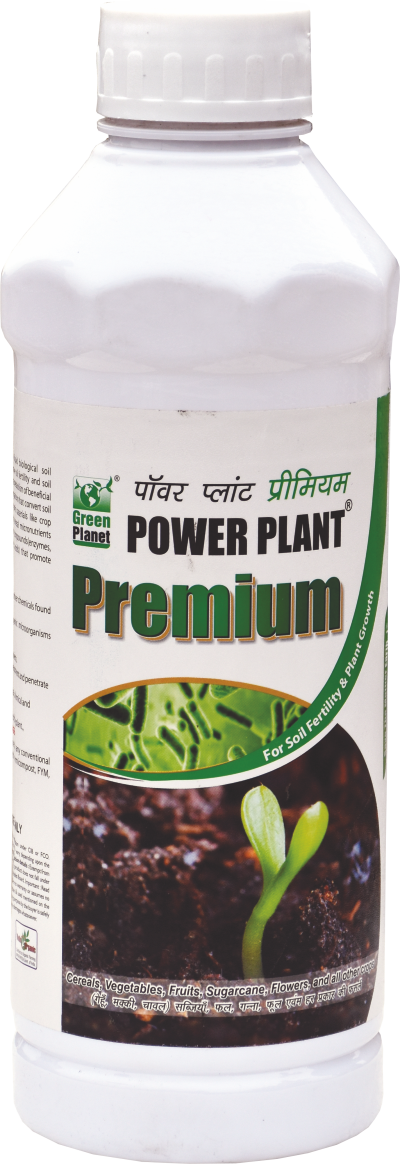 |
ROOT GUARD 2 KG/ACRE | 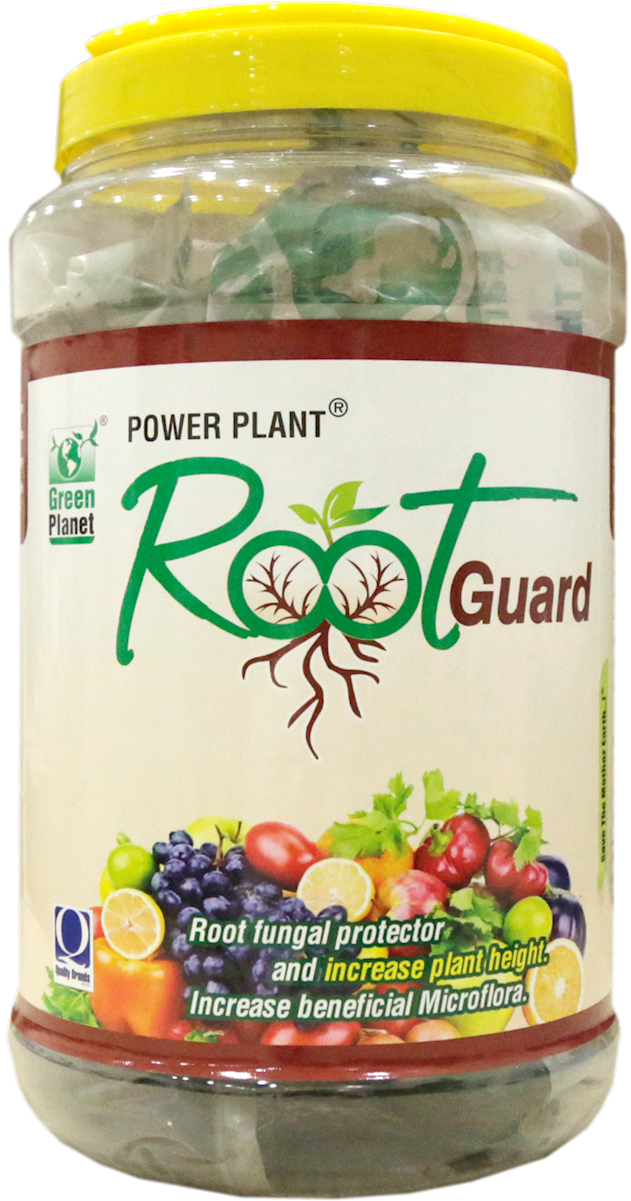 |
HOW TO USE IT?
Use Bhoomi power by following methods.
1. By broadcasting over the field.
2. Use in slurry.
3. Give it in cow dung.
4. you can also give it in dry soil.
Note: Repeat Bhoomi power and Root guard every 3 months.
Powered by Froala Editor
PRODUCT RECOMMENDED:
Treat the bulbs of the banana plants with Power Plant Seed Treatment.
Powered by Froala Editor
Nitrogen deficiency is the most commonly detected nutrient disorder observed in rice. Old leaves and sometimes all leaves become light green and chlorotic at the tip. Leaves die under severe stress. Except for young leaves, which are greener, deficient leaves are narrow, short, erect, and lemon yellowish. The entire field may appear yellowish. Nitrogen deficiency often occurs at critical growth stages such as tillering and panicle initiation, when the demand for N is large.
Powered by Froala Editor


